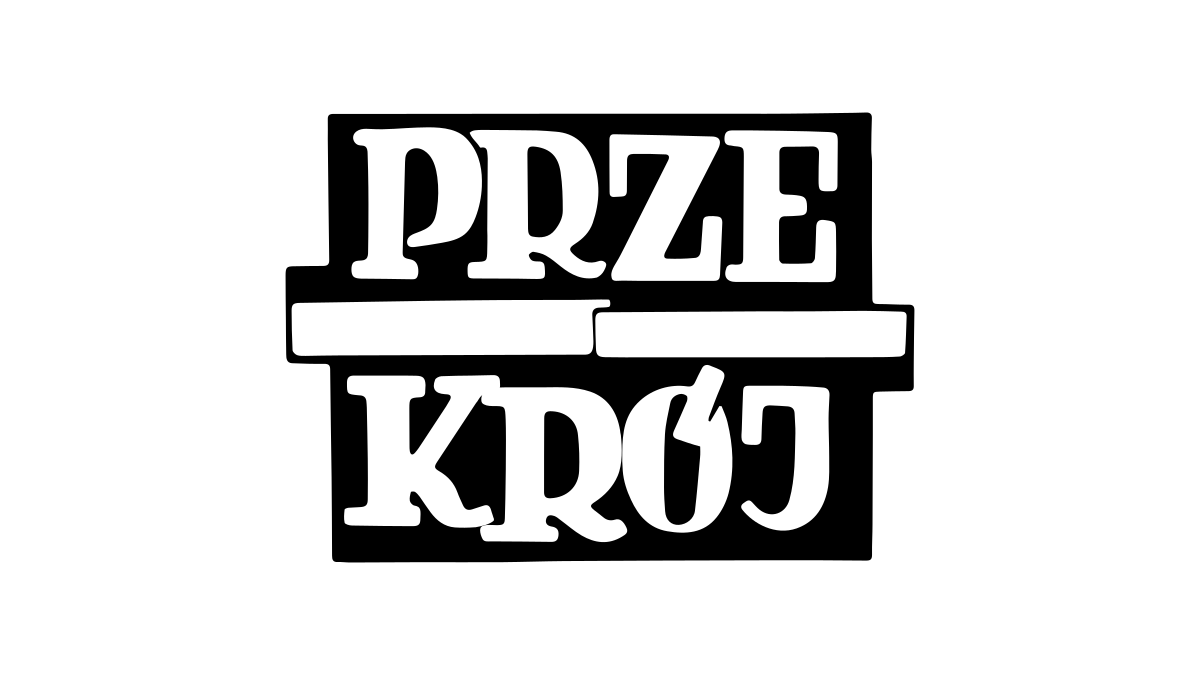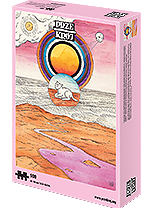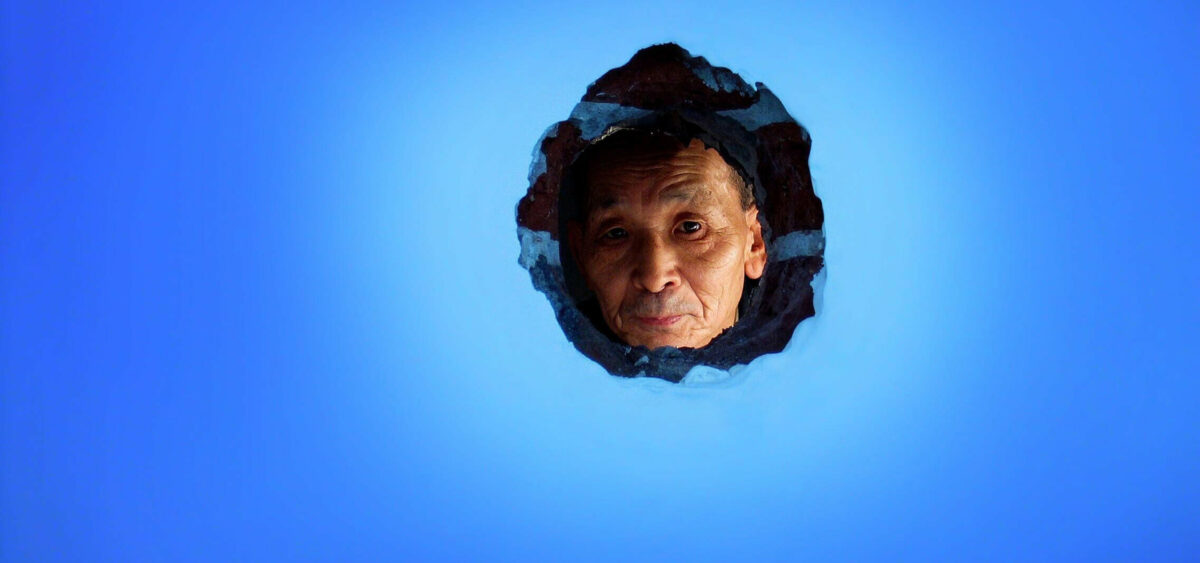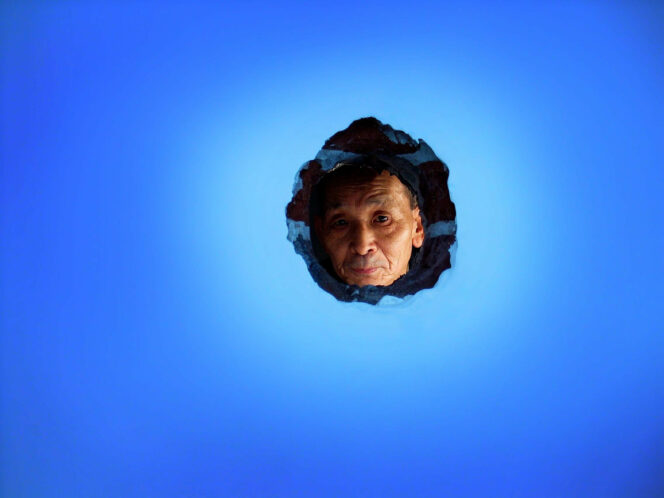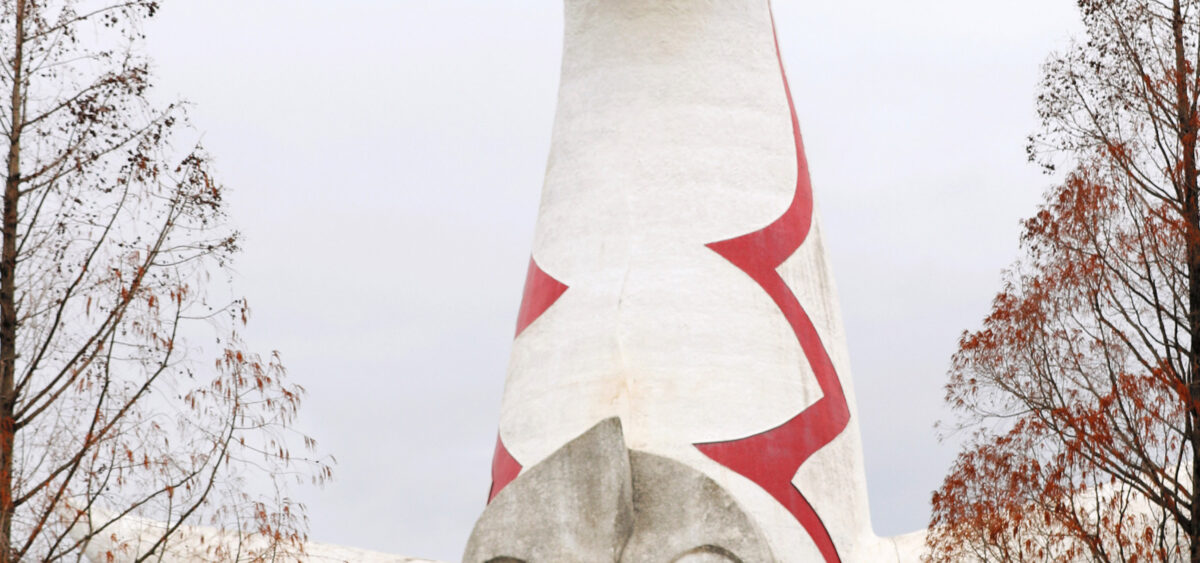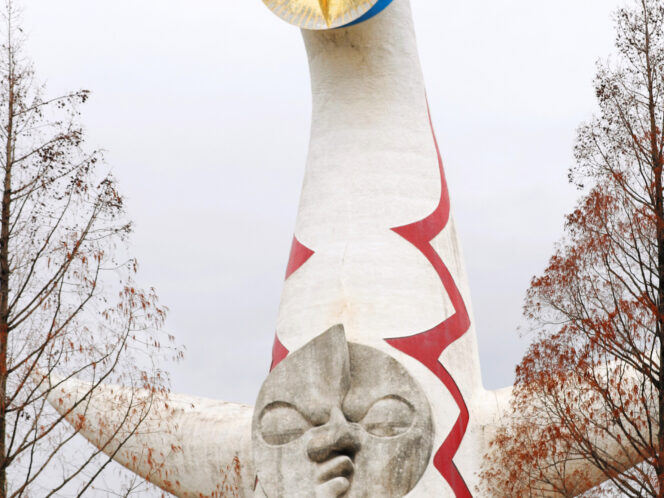
Kōji Kamoji was born in Tokyo in 1935, but after graduating from the Musashino Art School he came to Poland, where he started to produce his art. It’s also the country where he exhibited a work that caused a scandal.
The story of the Japanese man who became a Polish artist begins onboard a ship travelling from Yokohama to Marseille. In 1922, his mother’s brother – a 23-year-old student of Zen buddhism – Ryōchū Umeda was on that boat, heading to Berlin to study philosophy with the help of a scholarship from the Buddhist University of Tokyo.
On that journey, he met Stanisław Michowski, the son of a Polish official working on the construction of the Trans-Siberian railway and the Chinese Eastern railway (also known as the South Manchuria line), and later a wing-commander and participant in World War II. Michowski, who had lived in Shanghai since 1920, spoke Japanese. During the trip he entertained Umeda, who was a year older than him, with information about his country, even though he only knew it from stories, hardly any more than his companion did. It must have been a very evocative account, however, because Umeda decided to postpone his trip to Berlin and visit the homeland of Frédéric Chopin. He stayed there until September 1939.
Quo Vadis, Japan?
Thus Ryōchū Umeda became the first Japanese-language lector in Poland at the University of Warsaw, and between 1926 and 1939 he occupied a similar position at Warsaw’s Eastern Institute. He also translated literature, producing, among others, a Japanese translation of Henryk Sienkiewicz’s Quo Vadis. He was involved in the Wars
